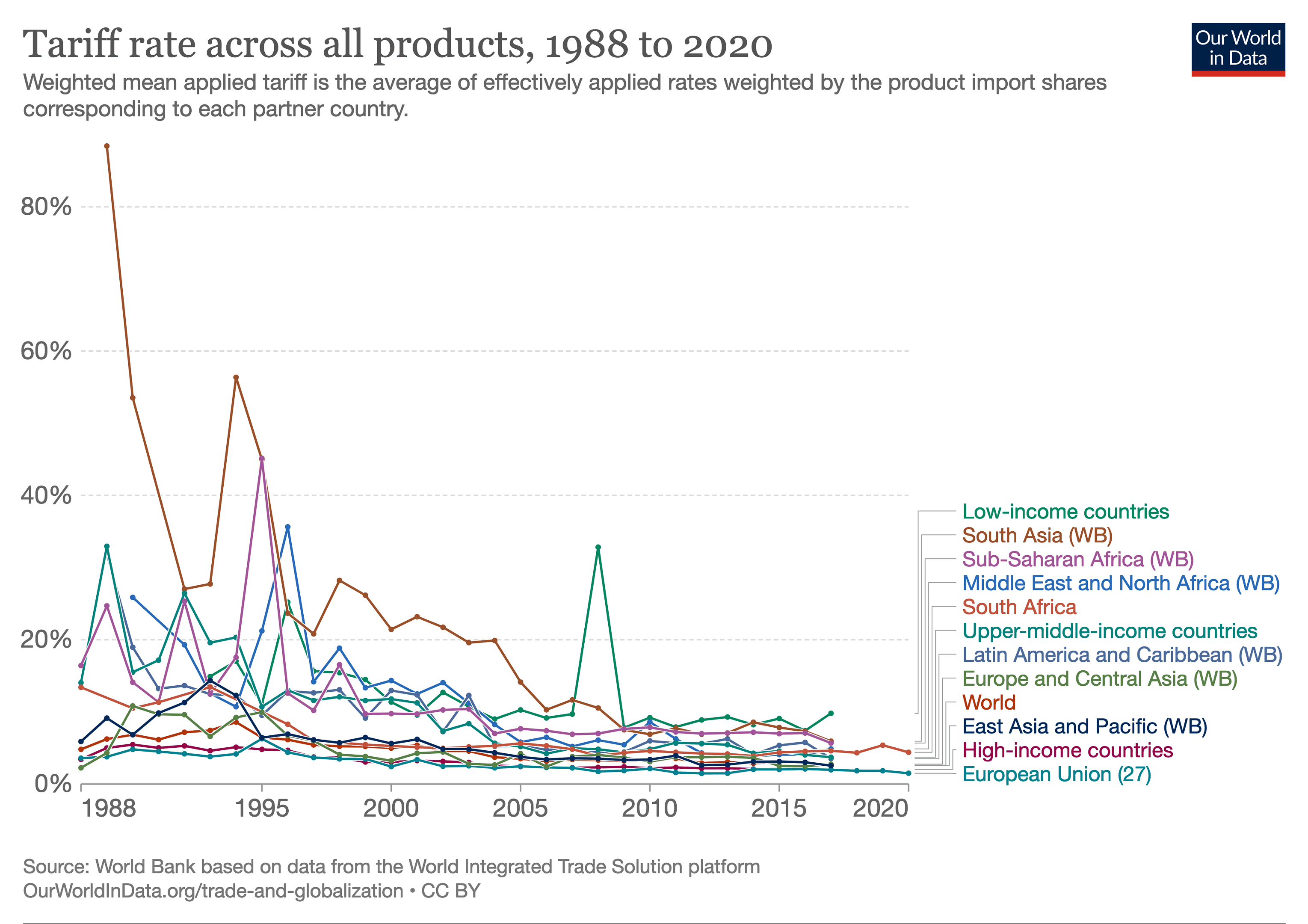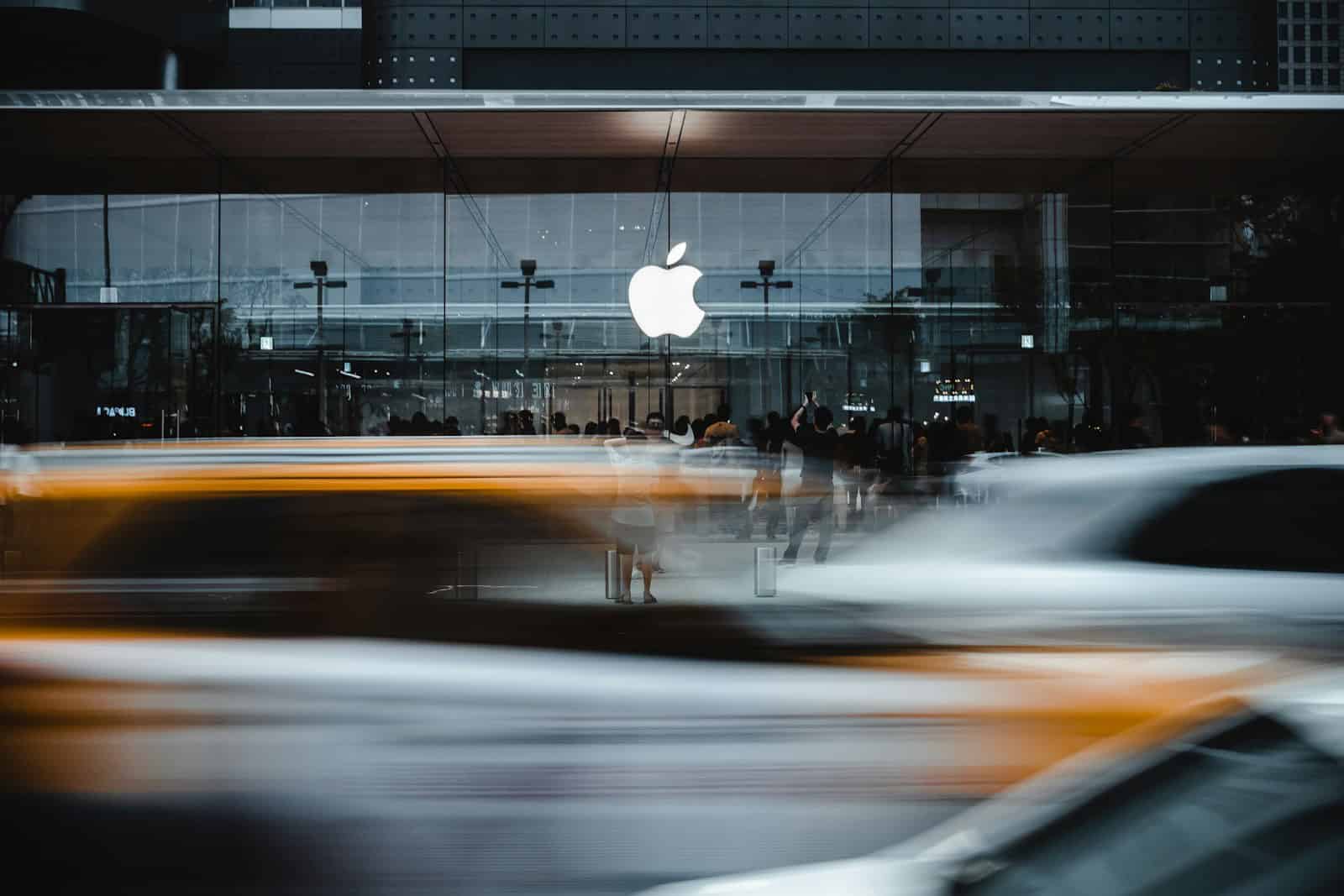Apple is at a crossroads. With rising global manufacturing costs, U.S. trade policies driving up expenses, and consumer interest in new product cycles waning, the tech giant is facing unprecedented challenges. To make matters worse, competition in the smartphone and laptop markets has never been more intense. Now, a looming 10% tariff on Chinese imports—including most Apple products—could make things even tougher, forcing the company to make a difficult choice: absorb the added costs or pass them on to consumers.
If Apple is unable to secure an exemption, the price of iPhones, iPads, and MacBooks could climb significantly, potentially impacting demand. This isn’t just a 10% price bump across the board as the effect of higher prices on demand could shift final prices around. Most companies usually absorb a little bit of the impact and take it out of their profit margin – but Apple isn’t necessarily like most companies. We don’t really know what their strategy will be.
Higher prices may test consumer loyalty at a time when affordability is already a growing concern due to economic headwinds. Investors, analysts, and Apple fans alike are watching closely to see how the company will navigate this dilemma.
Despite its efforts to diversify its supply chain, Apple still relies heavily on China for production. This leaves the company vulnerable to ongoing trade disputes between the U.S. and China, which could further disrupt its operations. The stakes are high, and Apple’s response could set the tone for the entire tech industry. Will Apple take the hit to protect its customer base, or will consumers soon be paying significantly more for their favorite devices?
Stay tuned—this decision could reshape the landscape of tech pricing for years to come.
Tariff Impact on Apple’s Product Pricing

Potential Price Hikes
Apple might significantly raise prices on its products if the US government doesn’t exempt the company from tariffs on goods imported from China. These tariffs, aimed at encouraging domestic production and reducing the trade deficit, could hit Apple hard, given its extensive manufacturing in China. Higher import costs would likely get passed on to consumers, making iPhones, iPads, MacBooks, and other Apple devices more expensive.
Consumer Impact
A price increase would affect consumers directly. Imagine an iPhone costing $100 or even $200 more. This could make Apple products less competitive, especially in price-sensitive markets. Consumers might delay upgrades or switch to less expensive alternatives. Such a shift could impact Apple’s sales and market share.
Apple’s Position
Apple argues that tariffs harm its competitiveness. The company maintains that it creates numerous American jobs, both directly and indirectly, and that tariffs would jeopardize these jobs. Apple also points out that its competitors, like Samsung, might gain an advantage if Apple’s products become pricier due to tariffs.
Government’s Stance
The US government’s position on these tariffs is complex. While the goal is to boost American manufacturing, it must also consider the potential fallout on consumers and the broader economy. Granting exemptions to Apple could set a precedent for other companies, potentially undermining the tariff’s intended effect.
Possible Scenarios
Several scenarios could play out. The government might grant Apple exemptions, allowing the company to maintain current prices. Alternatively, Apple might absorb some of the tariff costs to minimize price increases, impacting its profit margins. A third possibility is that Apple raises prices, potentially losing market share.

Tariff Impact Scenarios
| Scenario | Outcome |
|---|---|
| Exemption Granted | Apple maintains current prices; minimal consumer impact. |
| Apple Absorbs Costs | Apple’s profit margins decrease; prices remain relatively stable. |
| Price Increase | Consumers face higher prices; potential sales decline for Apple. |
Looking Ahead
The situation remains fluid. Trade negotiations, political considerations, and Apple’s lobbying efforts will all play a role in determining the final outcome. Consumers and investors should keep a close eye on developments, as they could significantly impact Apple’s pricing strategy and market performance. The interplay between tariffs, exemptions, and pricing decisions will likely continue to shape the tech landscape.
Key Takeaways
- A 10% tariff on Chinese imports may increase Apple product prices
- Apple must decide whether to absorb costs or raise consumer prices
- The tariff highlights Apple’s ongoing reliance on Chinese manufacturing
Impact of Tariffs on Apple’s Pricing Strategy
The 10% import tariffs on Chinese goods may force Apple to adjust its pricing strategy for products sold in the US market. This could lead to higher costs for consumers and potential shifts in Apple’s supply chain operations.
Effects of 10% Tariffs on Apple’s Supply Chain
Apple relies heavily on Chinese manufacturing for many of its products. The 10% tariffs will likely increase production costs for iPhones, iPads, and other devices. Apple may consider moving some production to other countries to avoid tariffs.
The company could also negotiate with suppliers to share the cost burden. This might involve seeking price reductions from partners or finding new suppliers outside China. Apple’s large scale gives it bargaining power, but changes to its supply chain could take time to implement.
Short-term options include absorbing the tariff costs or passing them on to consumers. Apple’s profit margins may shrink if it chooses to protect customers from price hikes.
Analysis of Import Tariff Consequences on Consumer Electronics
The tariffs will likely impact prices across the consumer electronics industry. Smartphones, tablets, and other gadgets may become more expensive for US buyers. The Consumer Technology Association estimates tariffs could raise prices on some electronics by 22%.
Apple faces a challenging decision. Raising prices could hurt demand, especially for premium products like the iPhone. But maintaining current prices may reduce profitability. Competitors using Chinese manufacturing face similar pressures.
Some analysts predict Apple may increase prices by 10% to offset tariff costs. This could mean $75-$100 price hikes on iPhones and other devices. Apple’s brand strength may help it weather price increases better than rivals.
Frequently Asked Questions
Import tariffs on technology products can have wide-ranging effects on consumers, companies, and the broader economy. These impacts touch various aspects of the electronics industry, from supply chains to pricing strategies.
How might consumers be impacted by a rise in import tariffs on technology products?
Consumers may face higher prices for electronics. A 10% tariff on imported components could lead to price increases on finished products. Companies often pass these costs to buyers.
Availability of certain gadgets might decrease. Some firms may reduce imports due to higher costs, potentially limiting consumer choices.
In what ways do import tariffs affect the supply chain for electronics?
Tariffs can disrupt established supply networks. Companies may need to find new suppliers in different countries to avoid increased costs.
Production costs typically rise with tariffs. Manufacturers must pay more for imported parts, which can slow down production or reduce profit margins.
What are the anticipated economic ramifications of an increase in import tariffs?
Job markets may shift. Some domestic manufacturing jobs could increase, while import-dependent sectors might see job losses.
Trade relationships can change. Countries affected by tariffs might retaliate, impacting other industries beyond electronics.
How do tariffs contribute to the cost of production for multinational companies?
Tariffs directly increase input costs. Companies must pay extra for imported components, raising overall production expenses.
Compliance costs go up. Firms need to invest in tracking and managing tariff-related paperwork and regulations.
Can increased import tariffs lead to inflationary pressure in the consumer electronics market?
Price hikes are likely. As production costs rise, companies often increase retail prices to maintain profitability.
Market-wide effects may occur. Even products not directly impacted by tariffs could see price increases as the market adjusts.
What strategies might companies employ to mitigate the impact of new import tariffs?
Diversifying supply chains is common. Firms may source components from multiple countries to reduce reliance on tariffed imports.
Relocating production facilities is an option. Some companies might move manufacturing to avoid tariffs on finished products.
Absorption of costs can occur. Larger companies may choose to accept lower margins temporarily to maintain market share.







